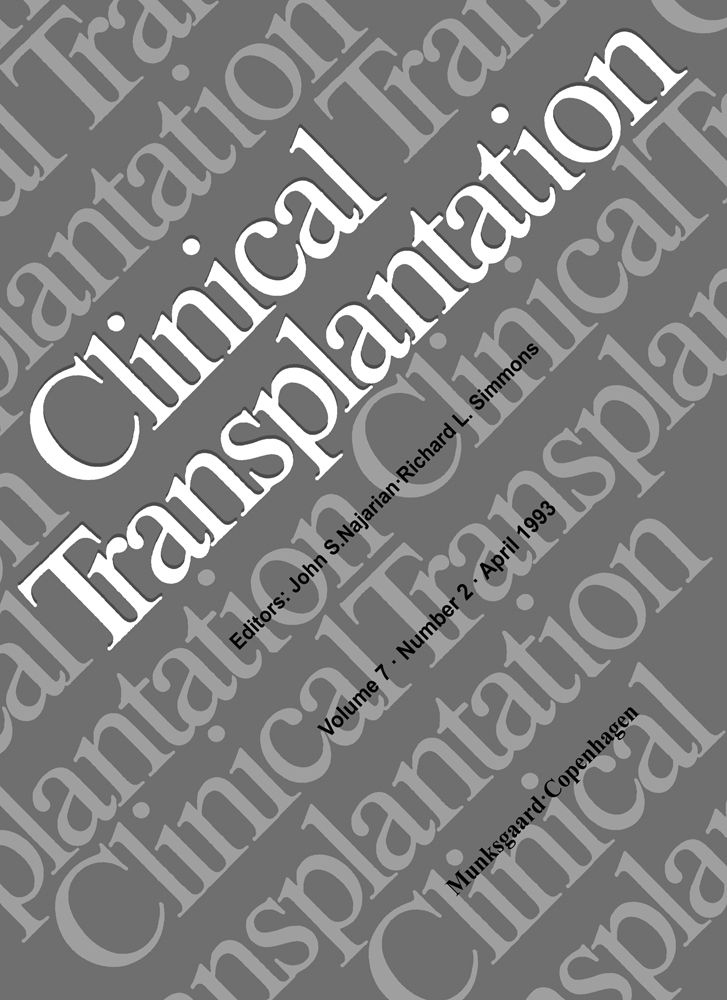Post-sclerotherapy esophageal perforations in liver transplant patients
Abstract
Esophageal perforations in liver transplant patients are associated with high morbidity and mortality (1). We describe 2 cases of esophageal perforations following sclerotherapy for variceal bleeding. Diagnosis was made 20 and 6 days post-sclerotherapy and 16 and 4 days post-liver transplant. Both cases were treated with pharyngeal drainage or diversion, pleural drainage, gastrostomy, intravenous hyperalimentation, enteral feeding, antibiotics, withdrawal of steroids and reduction of immunosuppressive drugs. In both cases closure of the fistula occurred within 10 to 14 days after detection and with no sign of esophageal stricture formation. We believe this approach to esophageal perforations may be used safely in liver transplantation patients if close monitoring of potential complications is adhered to. This approach obviates the risks of thoracotomy without compromising the basic surgical principles of exclusion and drainage.




